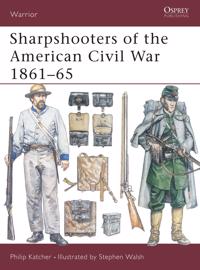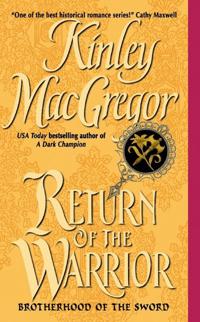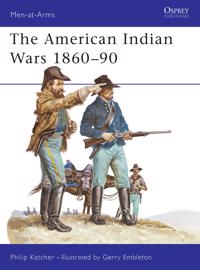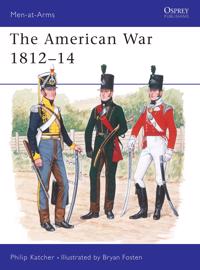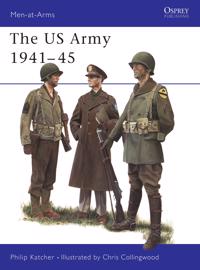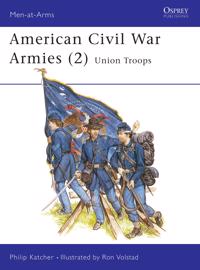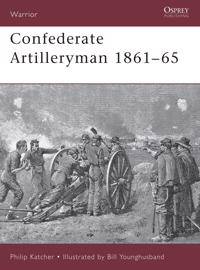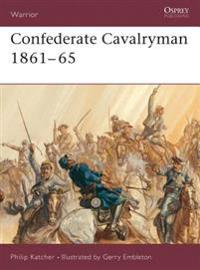Sharpshooters of the American Civil War 1861-65 (Pocket)
avPhilip Katcher, Stephen Walsh, Philip Katcher
ISBN: 9781841764634 - UTGIVEN: 200211Sharpshooters were highly trained marksmen who served in a front-line role in the American Civil War. By the mid-1850s, technological developments meant that weapons were now available that could guarantee greater accuracy over increased range than traditional muskets. When the Civil War broke out i[...]
Return of the Warrior (Häftad)
avPhilip Katcher
ISBN: 9780060565435 - UTGIVEN: 200504Queen Adara of Taagaria is a woman with a mission. She has to find her wayward husband and either return home with him or return home pregnant. If she fails, her beloved country will be overrun by her husband's uncle who seeks to murder them and steal both their thrones. Christian of Acre has no des[...]
The American Indian Wars, 1860-90 (Häftad)
avPhilip Katcher
ISBN: 9780850450491 - UTGIVEN: 199203The American Indian Wars, the most famous of which were fought on the great Western plains between 1860 and 1890, were among the most tragic of all conflicts ever fought. To the victor went no less than the complete domination of the continent, to the loser total extinction. Accustomed only to small[...]
The American War 1812-1814 (Pocket)
avPhilip Katcher
ISBN: 9780850451979 - UTGIVEN: 1990-12Typically the United States is said to have declared war on Great Britain in 1812 because of the Royal Navy's impressment of American seamen and the British desire to create an Indian buffer state. An Englishman William Cobbett, described the real cause of the conflict: 'There seemed to be wanting j[...]
United States Army (Inbunden)
avPhilip Katcher
ISBN: 9780850455229 - UTGIVEN: 198403At the time of the Second World War, the United States Army took an unusual approach, for the period, towards the design of its uniforms. Rather than attempt to find an all-purpose outfit, such as the British battledress, it attempted to design special-purpose dress for every possible duty, from com[...]
American Civil War Armies 2 (Pocket)
avPhilip Katcher
ISBN: 9780850456905 - UTGIVEN: 1986-07The US Army during the Civil War was the largest the country had raised in its brief history; and it would remain the largest ever raised until World War I. In all, 2,772,408 men served in some branch or other of the US Army. This detailed work by Philip Katcher is a comprehensive guide to the unifo[...]
Confederate Artilleryman 1861-65 (Häftad)
avPhilip Katcher
ISBN: 9781841763002 - UTGIVEN: 200108In the heady days of the rush to arms in 1861, comparatively few Southern men volunteered for service in the artillery - most preferred the easily accessible glory of the infantry or cavalry. Given that field artillery was invariably deployed in front of the troops that it was supporting, the artill[...]
Confederate Cavalryman (Häftad)
avPhilip Katcher
ISBN: 9781841763811 - UTGIVEN: 200206The Southerner of the mid-19th century had been bred to ride horses. Men rode horseback wherever they wanted to go. Added to this, the period Southerner had long been used to firearms, whether for hunting for pleasure or food or simply sport. Putting the two together promised that when the Southern [...]

